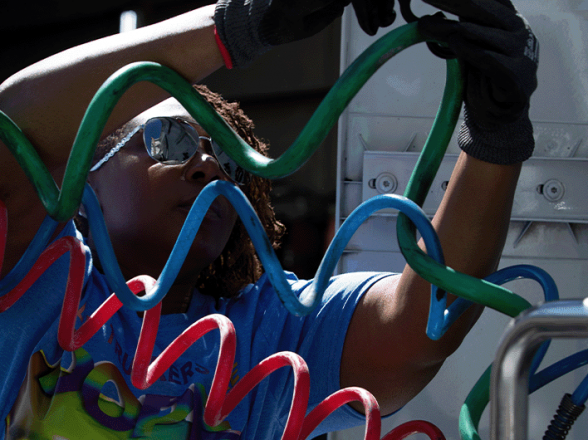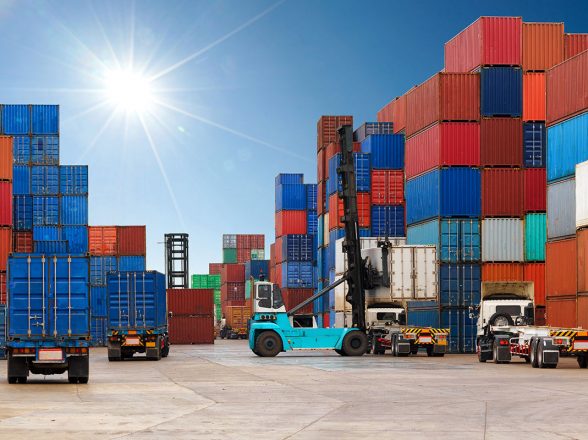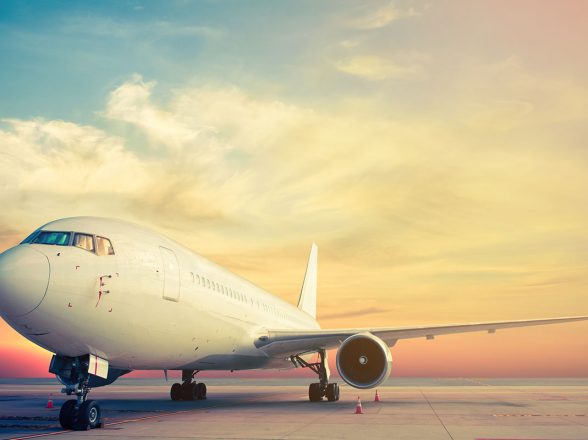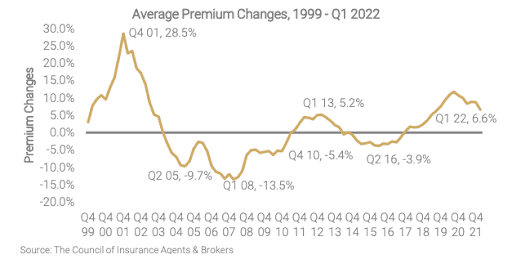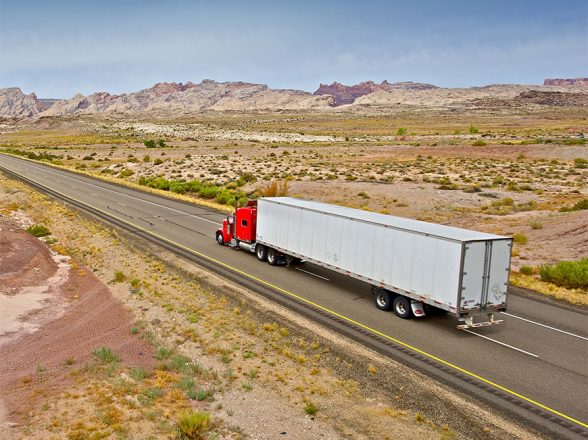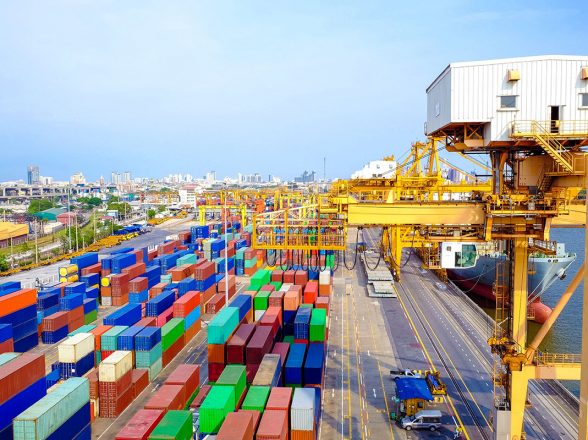ESSE news
Blog
Trucking costs per mile dropped in 2020: ATRI
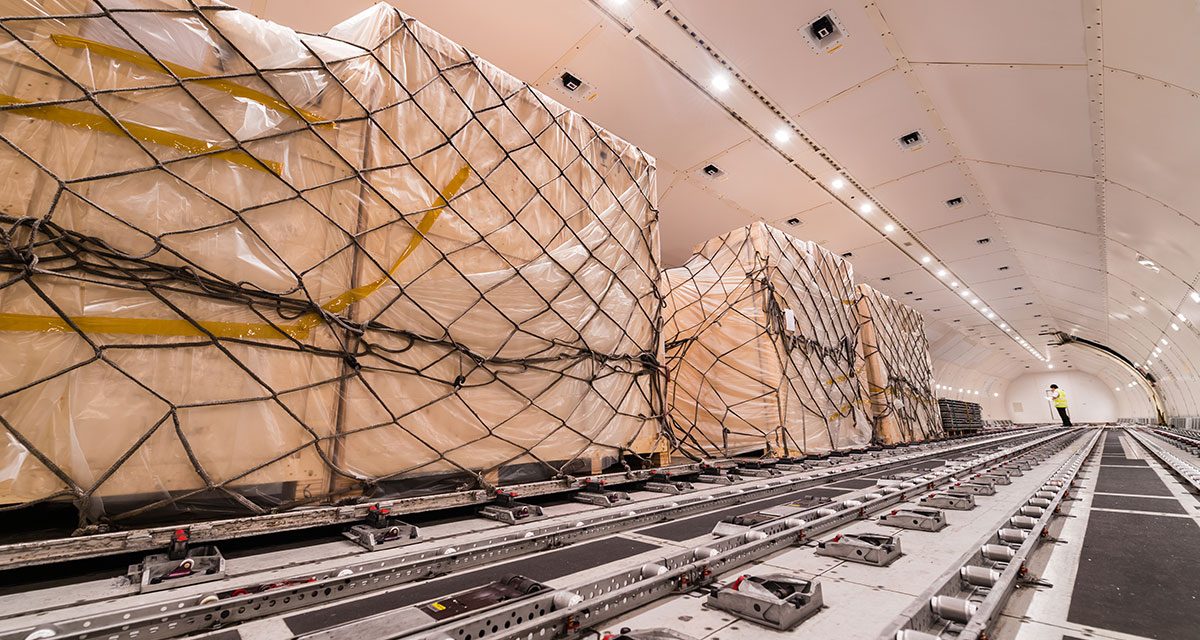
Covid-19 clearly disrupted supply chains, but it also seems the pandemic had a measurable impact on the costs of trucking in 2020.
The American Transportation Research Institute (ATRI) tracked a 1.2 mph increase in average truck speeds and 20.6% increase in deadhead miles compared to 2019, while average annual mileage per truck dropped to 143,808 km and fuel costs plunged.
Overall, marginal costs per mile dropped 3.1% to $1.646, largely because of drops in fuel and driver benefit costs. (All figures in this article are in U.S. dollars.)

“In the face of a Covid-19 economy, our industry tightly managed costs and operations, while delivering essential goods to market. We also led the way out of the Covid-19 recession in the latter half of the year,” said Cully Frisard, COO of Frisard Companies, as ATRI released the annual Analysis of the Operational Costs of Trucking. “I expect 2021 to continue the positive trends for our industry.”
While driver wages cost less per mile than 2018, they represented the highest-ever share of marginal costs. Typical driver compensation among surveyed fleets was 73.7 cents per mile. Safety bonuses rose 10.5%, and retention bonuses jumped 14.2%, but starting bonuses actually dropped by 10%. The latter situation, ATRI said, reflected the soft driver market in early 2020.
“Total driver compensation was 18% higher among specialized carriers, which paid 81.2 cents per mile on average, than among truckload carriers, which paid 66.4 cents per mile on average,” the ATRI report concluded.
“Dozens of carriers announced additional compensation increases in the first half of 2021, making it likely that average compensation will continue to rise.”












